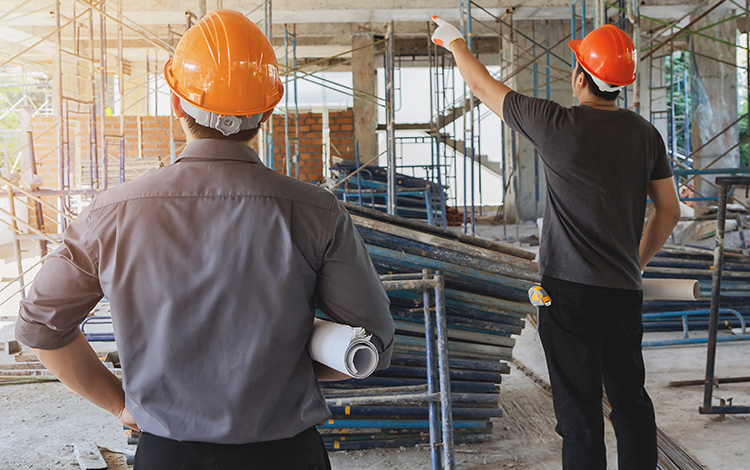Single-family building permits are taking longer to get approved in many parts of the United States.
According to a 2022 survey by the National Association of Home Builders, the median time to get a single-family building permit approved was 106 days, up from 82 days in 2021!

This increase in processing time is due to a number of factors, including:
Increased demand for new homes. The housing market is very hot right now, and there is a lot of demand for new homes. This has led to an increase in the number of building permit applications, which has put a strain on local permitting agencies.
Understaffed permitting agencies. Many local permitting agencies are understaffed, which means that they have a backlog of applications to process. This can lead to delays in getting permits approved.
More complex permitting requirements. In recent years, there have been a number of new regulations and requirements that have been added to the permitting process. This has made the process more complex and time-consuming.
The increase in the time it takes to get a single-family building permit approved is a problem for both homeowners and builders. Homeowners who are planning to build a new home may have to wait longer for their project to start, and builders may have to deal with higher costs due to the delays.
There are a number of things that can be done to address the issue of long wait times for building permits. One is to increase the staffing levels of local permitting agencies. Another is to streamline the permitting process by eliminating unnecessary requirements. Finally, builders can work together to educate local officials about the need for shorter wait times, especially for the modular and offsite construction industries.

Stricter building codes can cause delays in getting single-family building permits. This is because stricter codes often require more time and effort to comply with, which can lead to longer processing times for permit applications. Additionally, stricter codes may require more inspections, which can also add to the delay.
For example, a study by the National Association of Home Builders found that the median time to get a single-family building permit approved in California was 135 days, compared to 90 days in Texas. This difference was attributed in part to the stricter building codes in California.
Of course, not all stricter building codes will cause delays. In some cases, stricter codes may actually lead to shorter processing times, as the requirements are more clear and consistent. However, in general, stricter codes are more likely to cause delays.
Here are some of the reasons why stricter building codes can cause delays in getting single-family building permits:
More complex requirements
Stricter codes often have more complex requirements, which can make it more difficult for builders to understand and comply with them. This can lead to delays as builders work to understand the requirements and develop plans that meet them.
Building Code manuals can easily contain more than 1,000 pages of information which is about the same number of pages as the novel “War and Peace”.
More inspections
It seems like every year new codes require more inspections, which can add to the delay. This is because inspectors need to spend more time reviewing plans and inspecting construction sites to ensure that they meet the requirements.
More appeals
Stricter codes may also lead to more appeals, which can further delay the process. This is because builders may appeal a permit denial if they believe that the code requirements are not being applied fairly.
Overall, stricter building codes can cause delays in getting single-family building permits. However, the extent of the delay will vary depending on the specific code requirements and the local permitting process.
There is a good chance that there will be an increase in the number of new building codes in the future because of sustainability, energy, and climate change. These are all important issues that are becoming increasingly important, and building codes are a way to address them.
However, there are some challenges that need to be addressed before new building codes can be implemented. One challenge is the cost of compliance. New building codes can often be more expensive to comply with than existing codes. This can be a barrier for some builders and homeowners.
Another challenge is the need for education and outreach. Builders and state and local code enforcement offices need to be aware of the new codes and how to comply with them. This can be a challenge, especially in areas where there is a lot of turnover in the building industry.
Despite these challenges, there is a good chance that there will be an increase in new building codes in the future. These codes are a way to address important sustainability, energy, and climate change issues.
As these issues become more pressing, it is likely that building codes will become more stringent and delays in obtaining building permits will grow.



